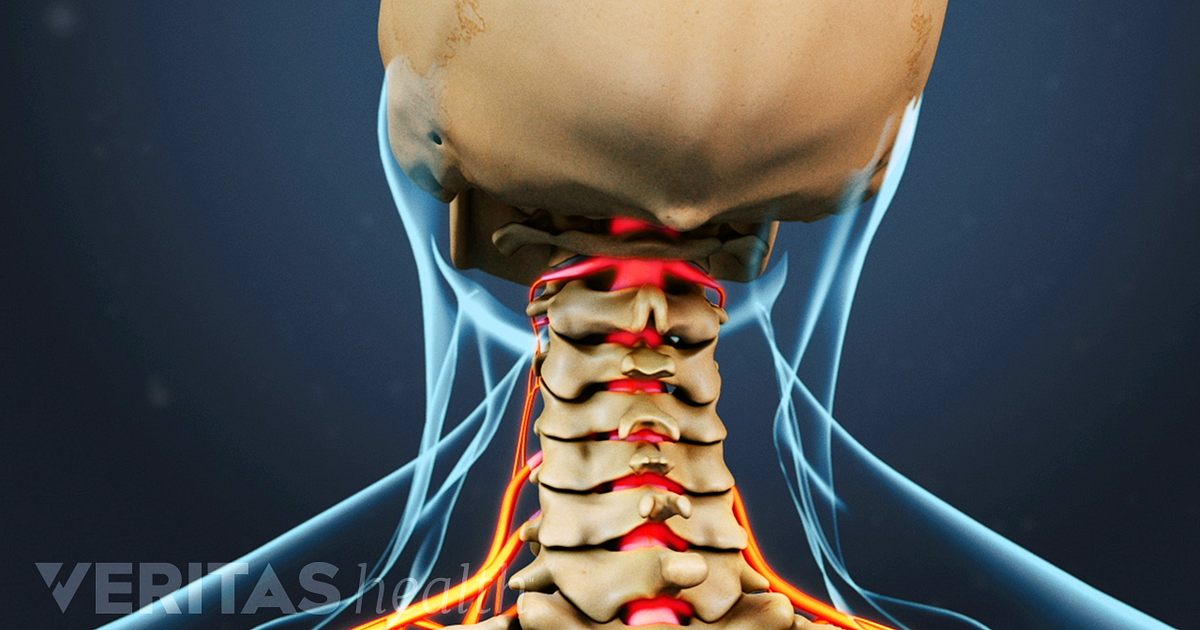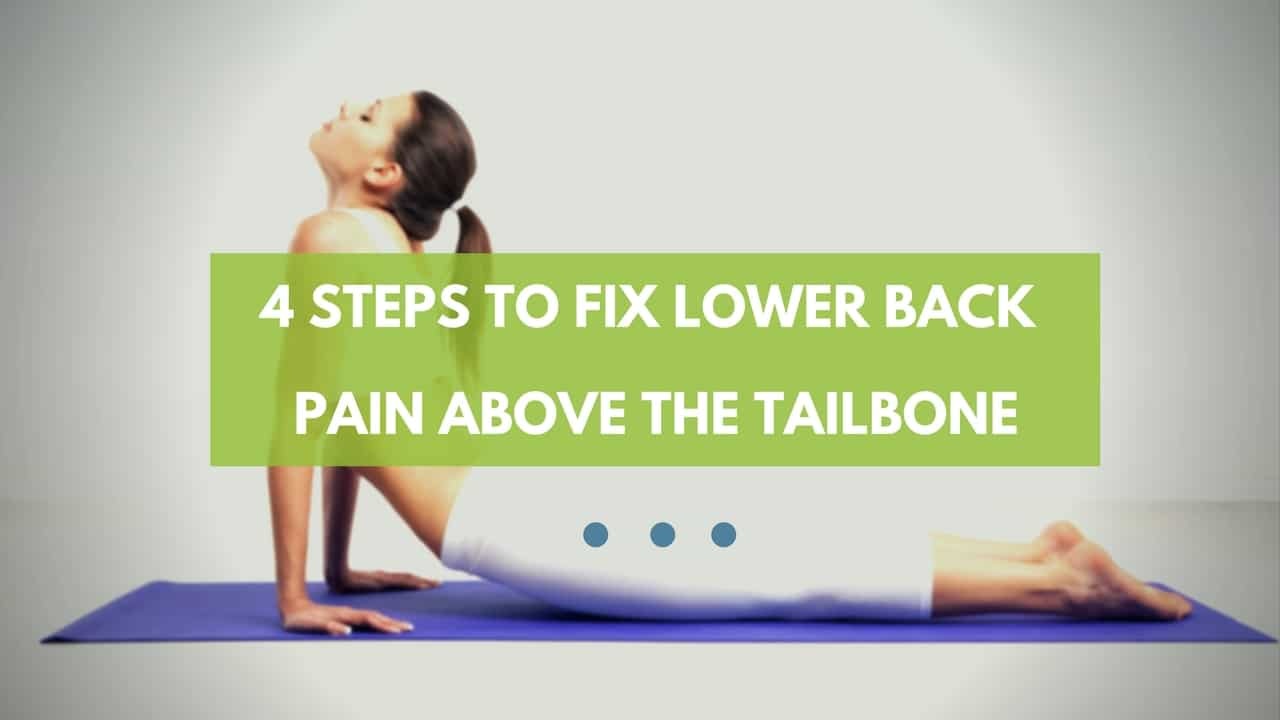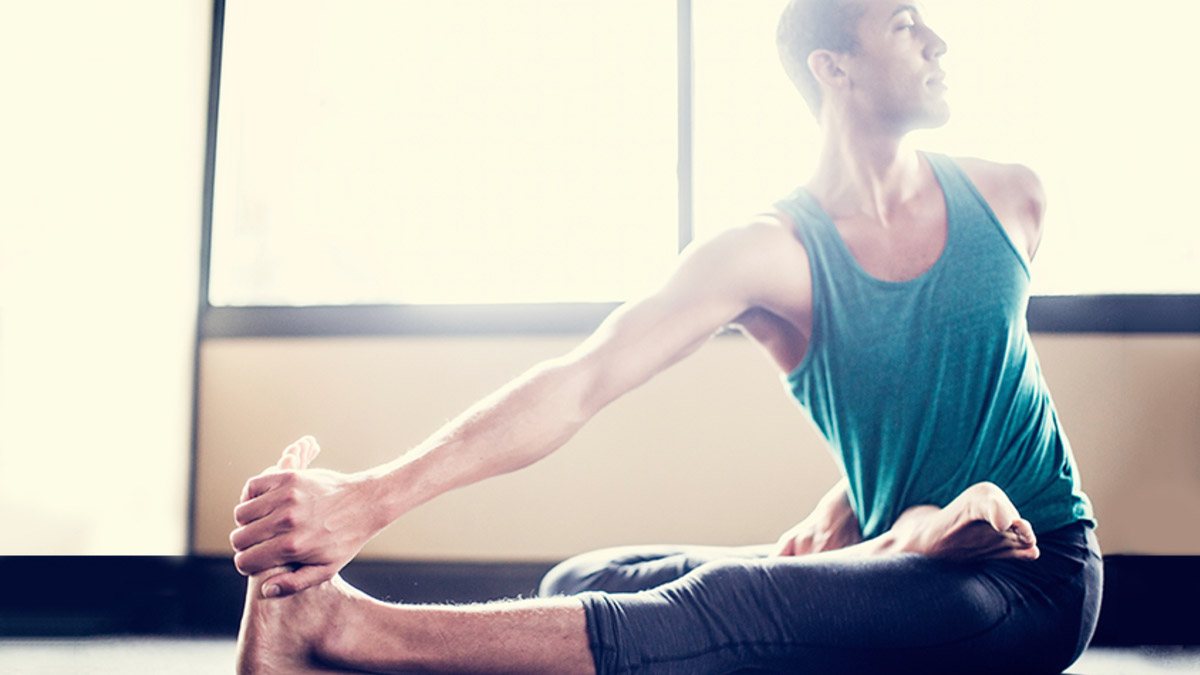Chiropractic techniques involve more than just a back cracking sound that may be heard. Direct care is given to the spine using the knowledge that is gained through earning a doctorate of chiropractic. Medical licensing is not taken lightly. Care treatments are designed with the long-term health of the spine. When the cartilage on your facet joints—every vertebra has two sets of facet joints that helpful facilitate movement—starts to wear down, the bones can start to rub together. In an effort to stop this painful movement, the bones may create osteophytes, which are also known as bone spurs.
“A healthy spine is a healthy body!” So has said a teacher of mine, and I doubt we’d find any medical expert or average Joe who would argue this simple logic.

In your very first yoga class you were likely introduced to the Cat/Cow spinal warm-up. And since then, it’s probably made an appearance in 99% of classes — so much so that you might have even found yourself getting bored (“not Cat/Cow again!”). It’s critical to warm up the spine as we go into a practice. In fact, it’s critical to the health of the spine (and thus the body) to warm it up every day, even a couple times a day, and especially at the start of the day. Cat Cow moves the spine in two primary directions, and there are four more directions that make up the complete spinal spectrum. These six movements elongate the spine, encourage elasticity of the spinal column, wake up the cranio-sacral “highway,” and provide a host of other benefits. We prioritize movement in these six directions so that we can support a 7th direction (Axial Extension or the lengthening of the spine) and AVOID an unofficial 8th direction… compression!

Beginning your day by easing your body into each of these six directions will ensure you’re loosened, lengthened and lubricated – ready to take on the world with a supple, strong spine.
“Warm up When you Wake Up” and Move the Spine All Six Ways Every Day
Direction 1 – Spinal Extension
aka arching the spine as in Cow Pose
This shape lengthens the spine, expands the chest, strengthens the lungs and facilitates deeper breathing.
From an emotional standpoint, this shape helps us “open our heart.” Best of all, this shape is the exact opposite of how most of us spend our days – hunched over a computer or slouched looking down at a phone.
The simplest version of Spinal Extension is just a seated arching stretch, and cow pose is also a gentle option for the morning. Poses such as cobra, upward-facing dog, bow pose, and wheel are more dynamic versions of this shape, typically called “backbends” but perhaps wisely reframed as “front extensions” going for length over bend.
Direction Two – Spinal Flexion
Spine Cracks With Movement Muscles


Spine Cracks With Movement Causes
aka rounding the spine as in Cat Pose
Seven Movements Of The Spine
This shape expands the backbody, stretching the back of the lungs increasing breath capacity, and tones the abdomen with an engaged core. On an emotional level, these shapes help us turn inward for reflection and calm. This shape can be done via the usual cat shape, or seated by rounding the spine forward. Deeper versions of this shape are seated forward bending like in pachimotanasana, standing forward bending in utanasana, or even balancing shapes like devotional warrior.
Spine Crack 2d
Directions 3 & 4 – Lateral Side bending
as seen in crescent arches
By bending up and over to the left and right, we lengthen our side bodies, improving rib cage mobility and again, create even more space for the lungs. These shapes lengthen the muscles between the ribs and pelvis, plus parts of the lower back. They also support the health of the lymph system. It’s easy for things to get “stuck” in life, and side body stretches clear out often-neglected nooks and crannies. These gentle C-shaped curves can be created from a seated position, or from table top by reaching “cheek to cheek” – reacing the cheek on your face towards the hips and the hips towards your face. Standing crescents poses are also a gentle lateral side bend, and more active variations include peaceful warrior and extended side angle pose.
Directions 5 & 6 – Twists
as experienced in seated or reclining twists to both sides
Spine Cracks With Movement Definition
Twisting to the right and left completes the set of six directions, mitigating against fusing and limited-mobility of vertebrae. Twisting also hydrates the intervertebral disks and massages the organs within the abdomen supporting digestion. It also asks us to “look forward and look backward” which can help us find the middle ground of the present moment. You can be seated in a cross-legged position, or atop bend knees to twist side to side, thinking about lengthening on the inhale and gently twisting deeper on the exhale. Or opt for a reclining twist and let gravity do most of the work! From table top, threading the needle is a good option, and revolved triangle pose is a powerful standing variation.